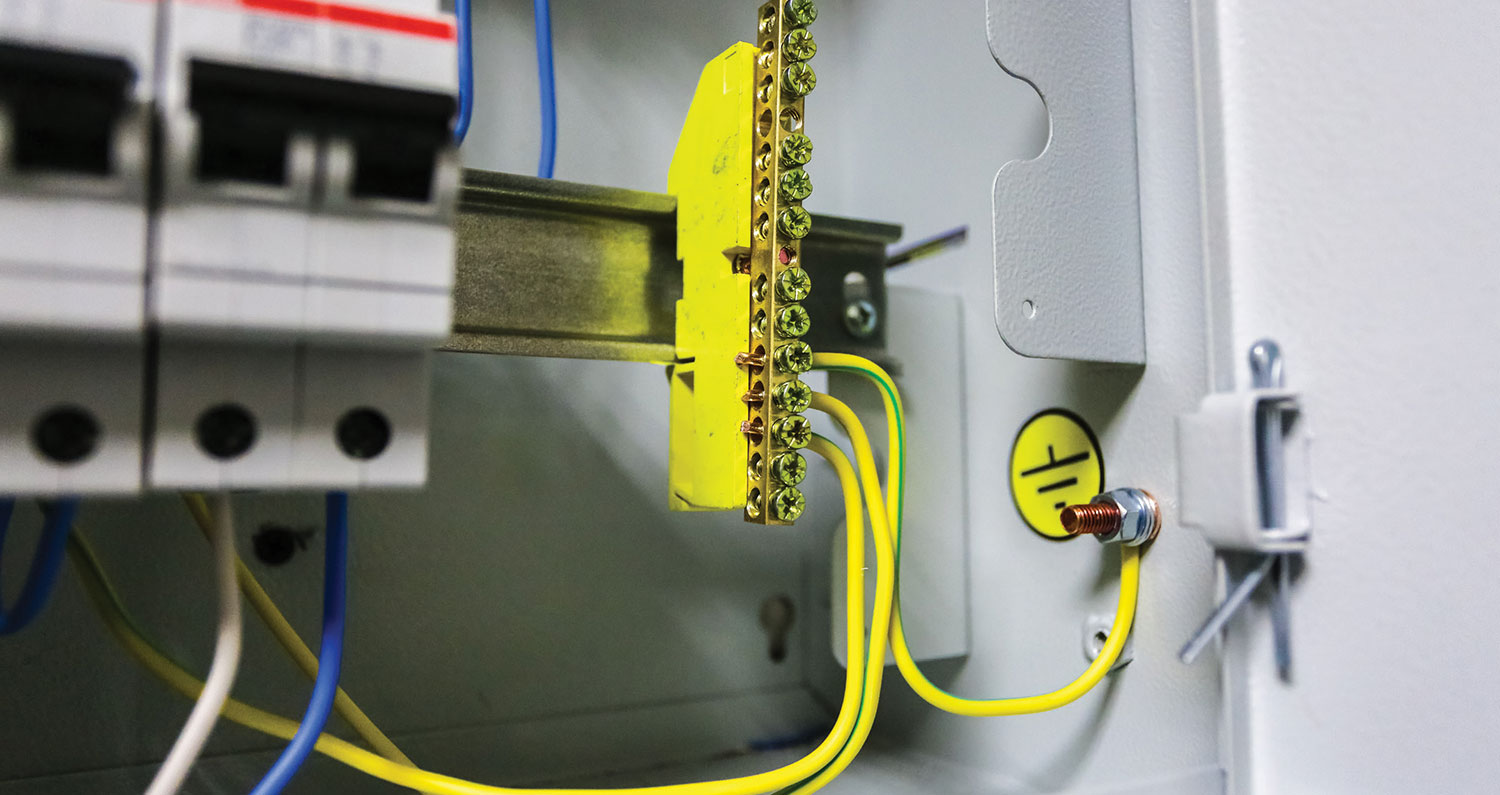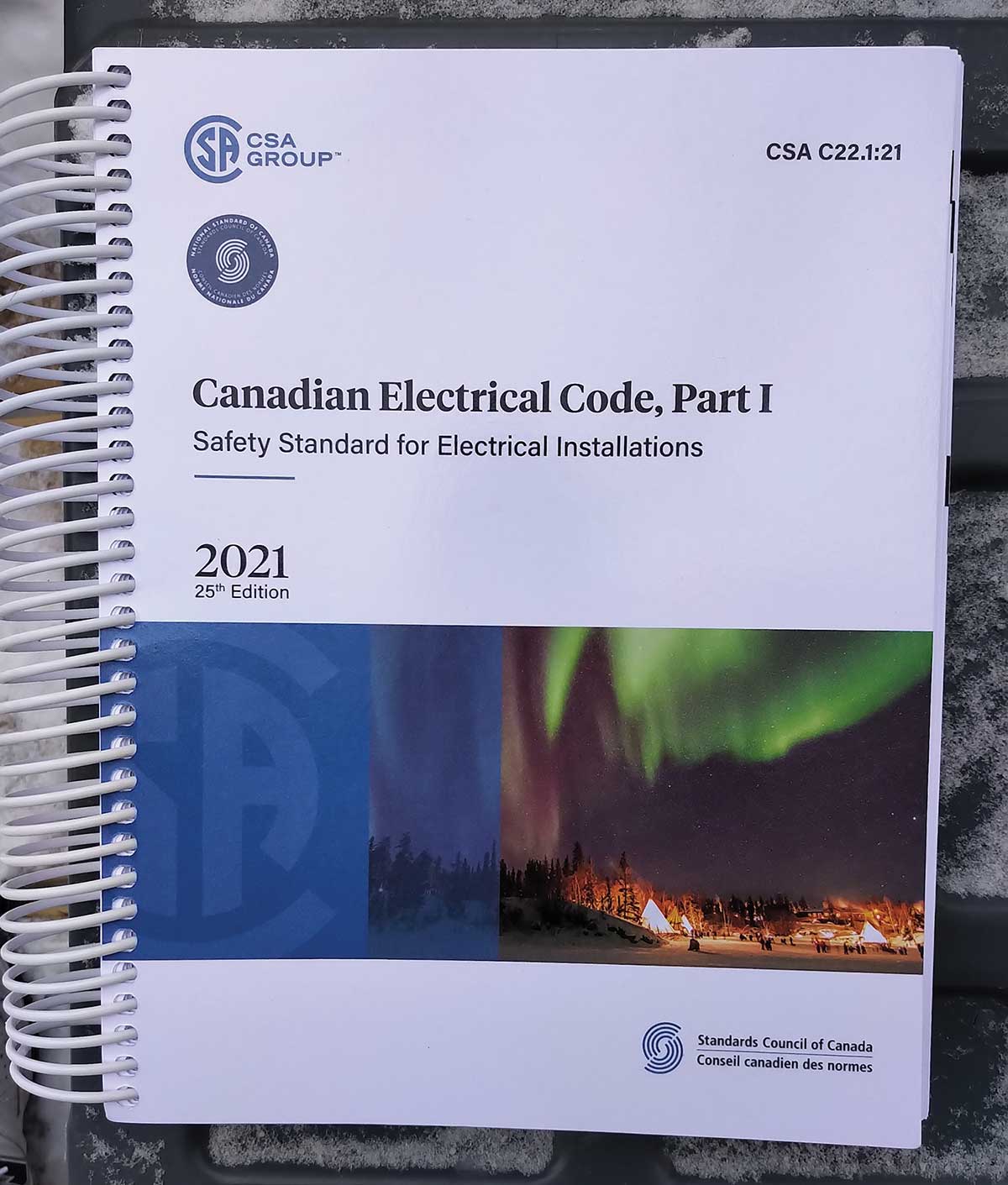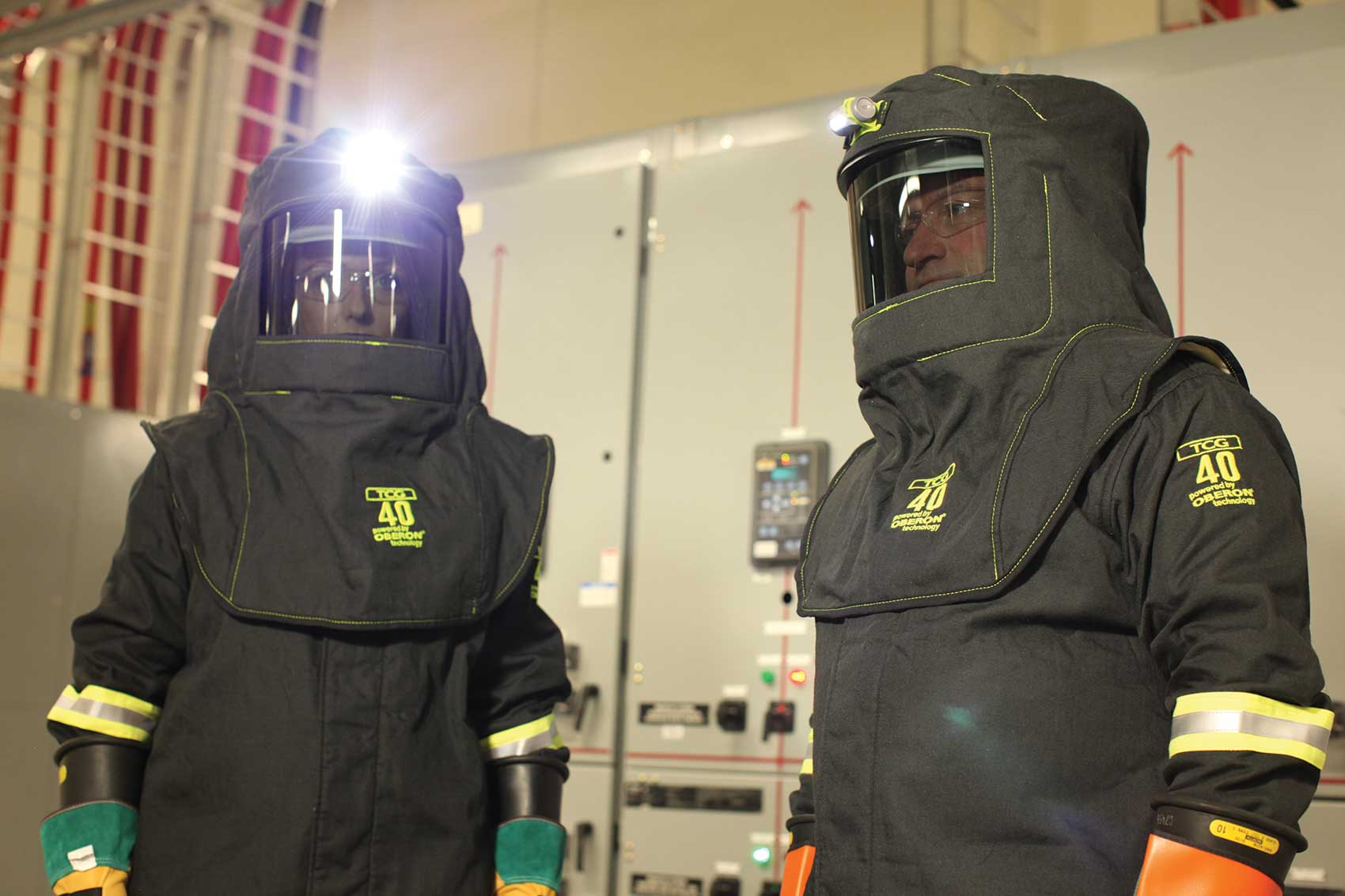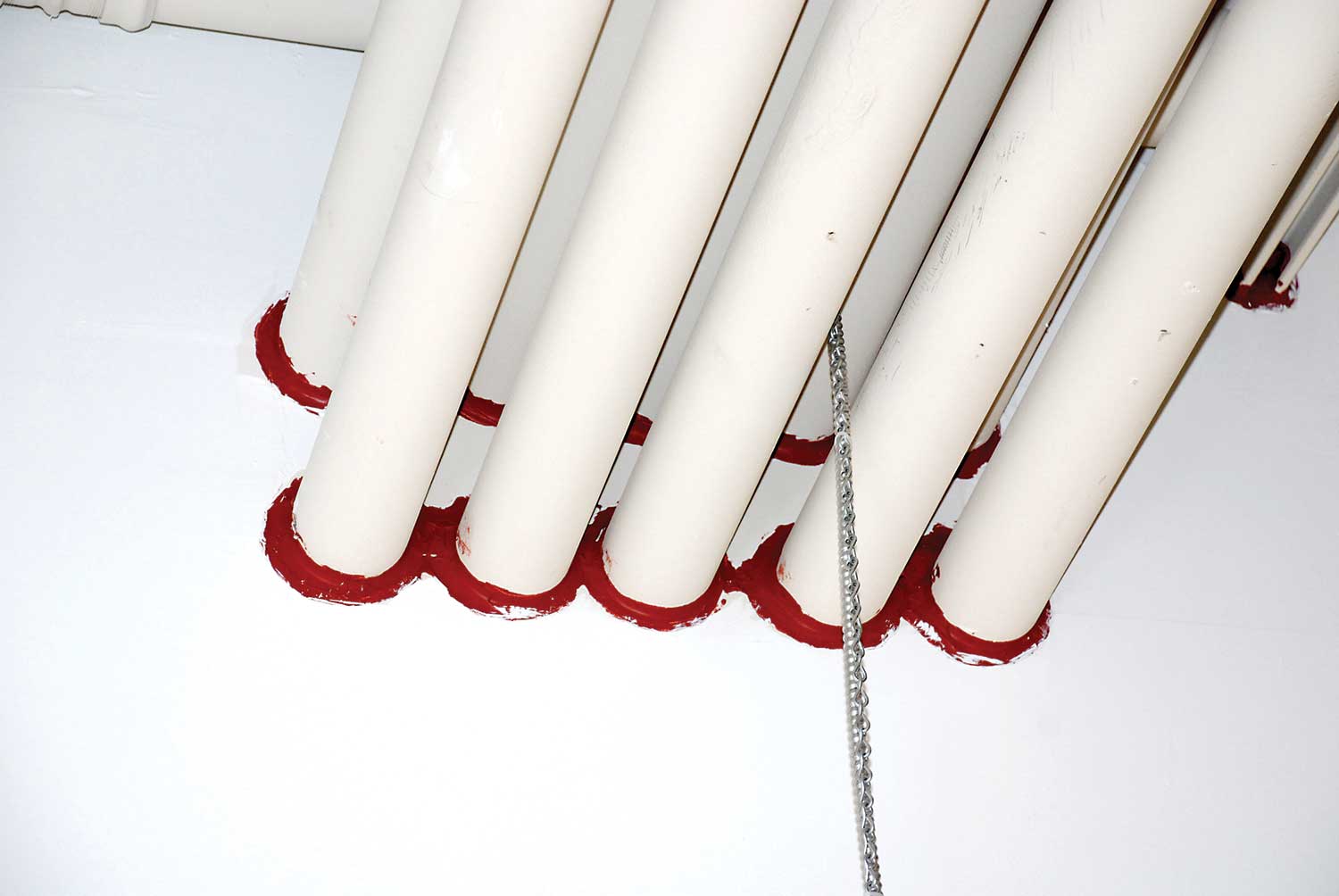Although Section 10 of the Canadian Electrical Code, Part I (CE Code), which applies to grounding and bonding, has been re-written in the 2018 edition of the Code, I keep receiving questions from the readers regarding the fundamentals of grounding and bonding.
This is the second of a series of articles detailing significant changes for the 2021 Canadian Electrical Code Part I (CE Code).
This is the first of a series of articles detailing significant changes for the 2021 Canadian Electrical Code Part I (CE Code).
Let’s revisit the 2015 edition of the National Building Code of Canada (NBCC) requirement for protection of conductors against exposure to fire.
Let’s consider a 750 KVA; 600 VAC – 120/208 VAC rated 3 phase dry-type transformer with a primary current of 722.54 A.
A transformer is a part of a circuit or a feeder and that a continuous load connected to a transformer cannot exceed the rating of the circuit in which such a transformer is inserted.
Although Rule 4-006 was introduced into the Canadian Electrical Code, Part I (CE Code) a few editions ago, (when ampacity tables in the NEC and the CE Code have been harmonized), application of this Rule does not appear to be consistently clear to many Code users.
The CSA Z462 Workplace Electrical Safety Standard has been published for over 10 years now in Canada. It is widely adopted voluntarily by all industry sectors across Canada.
Fire stop requirements have become a source of concern lately among the stakeholders of electrical safety (among the electrical designers, contractors, and electrical safety regulators).
Some installers of electrical equipment have a bit of difficulty in differentiating ground fault circuit interrupters and ground-fault protection. And what is the difference between a typical overcurrent protective device and a ground-fault circuit interrupter?











